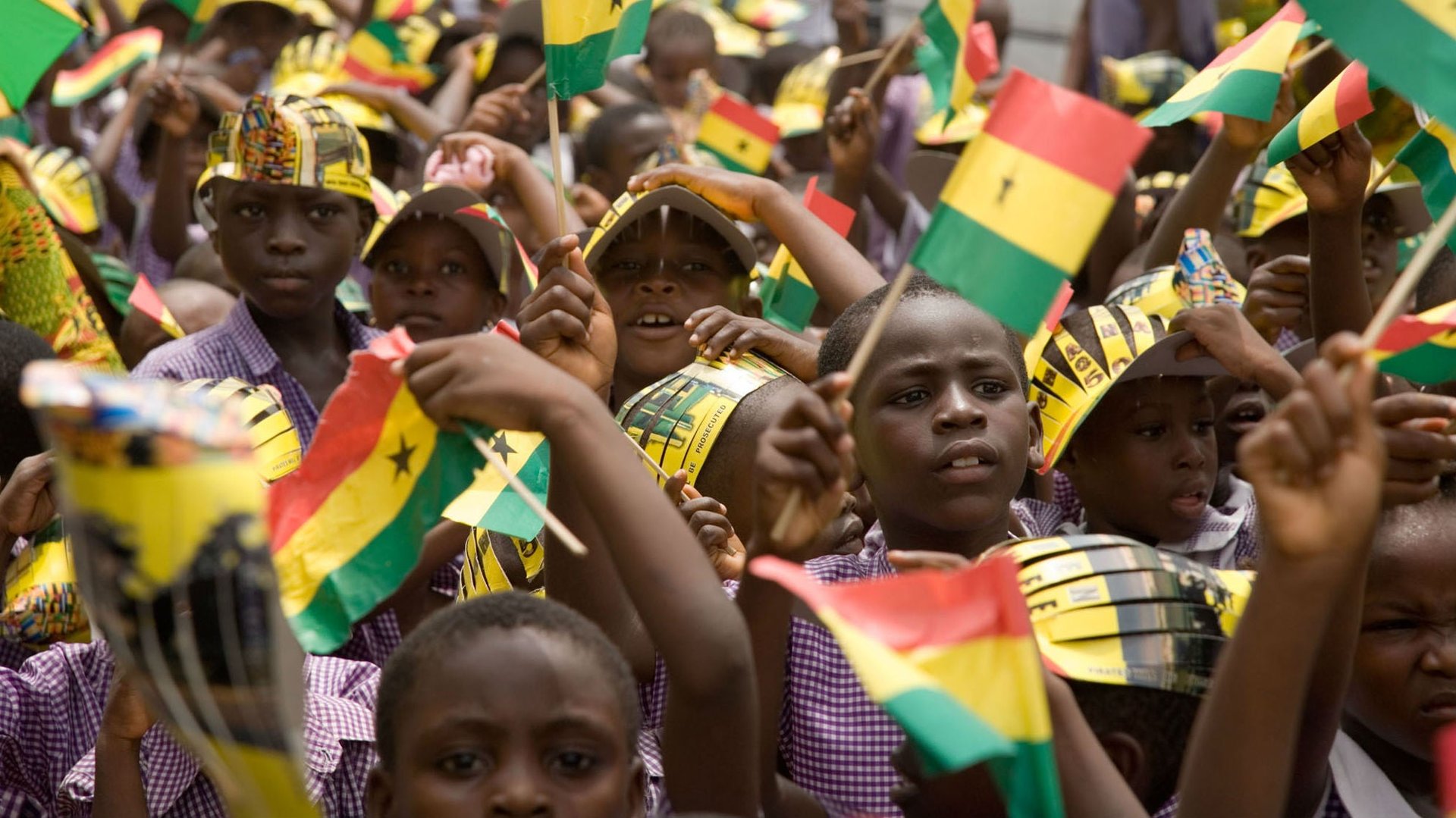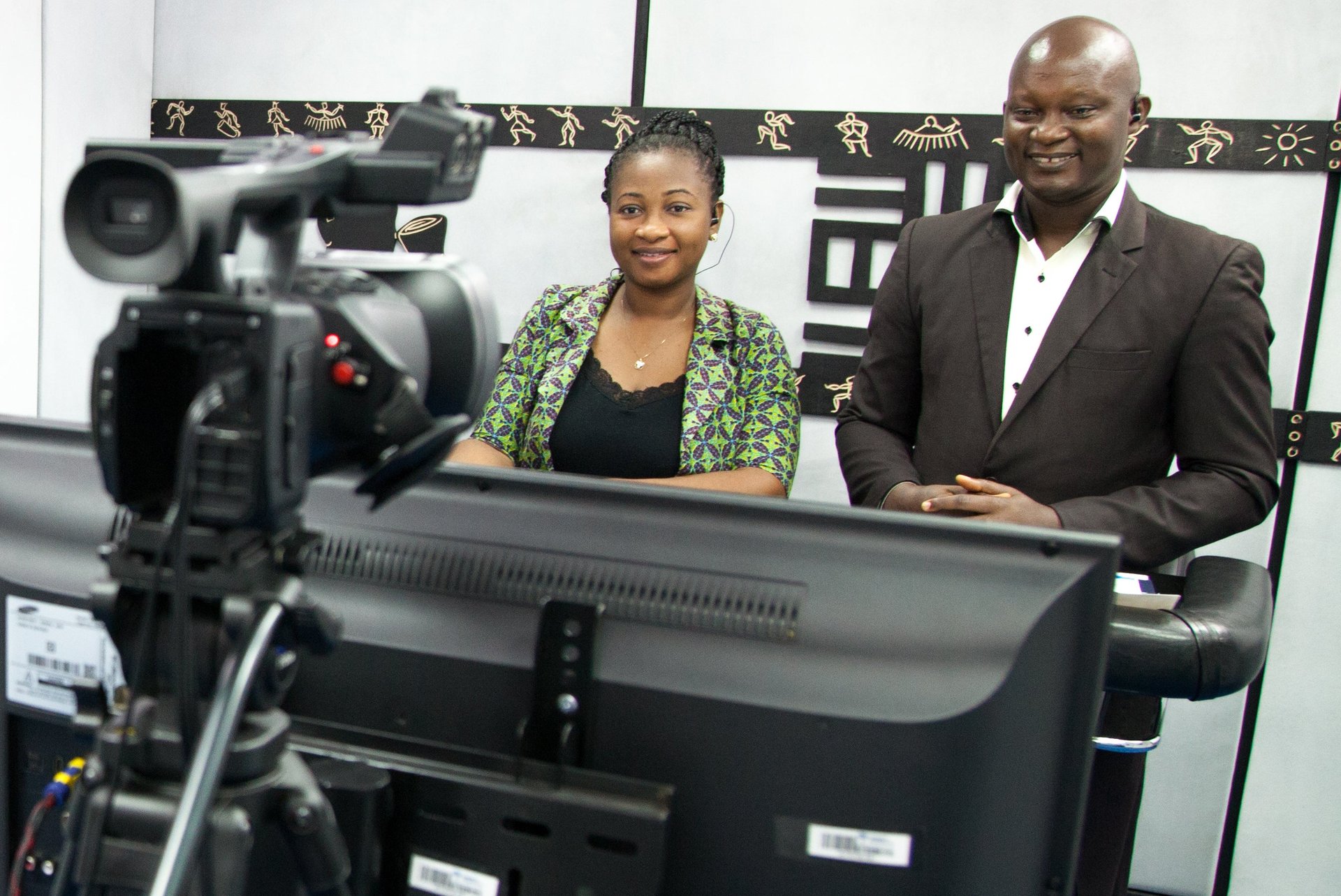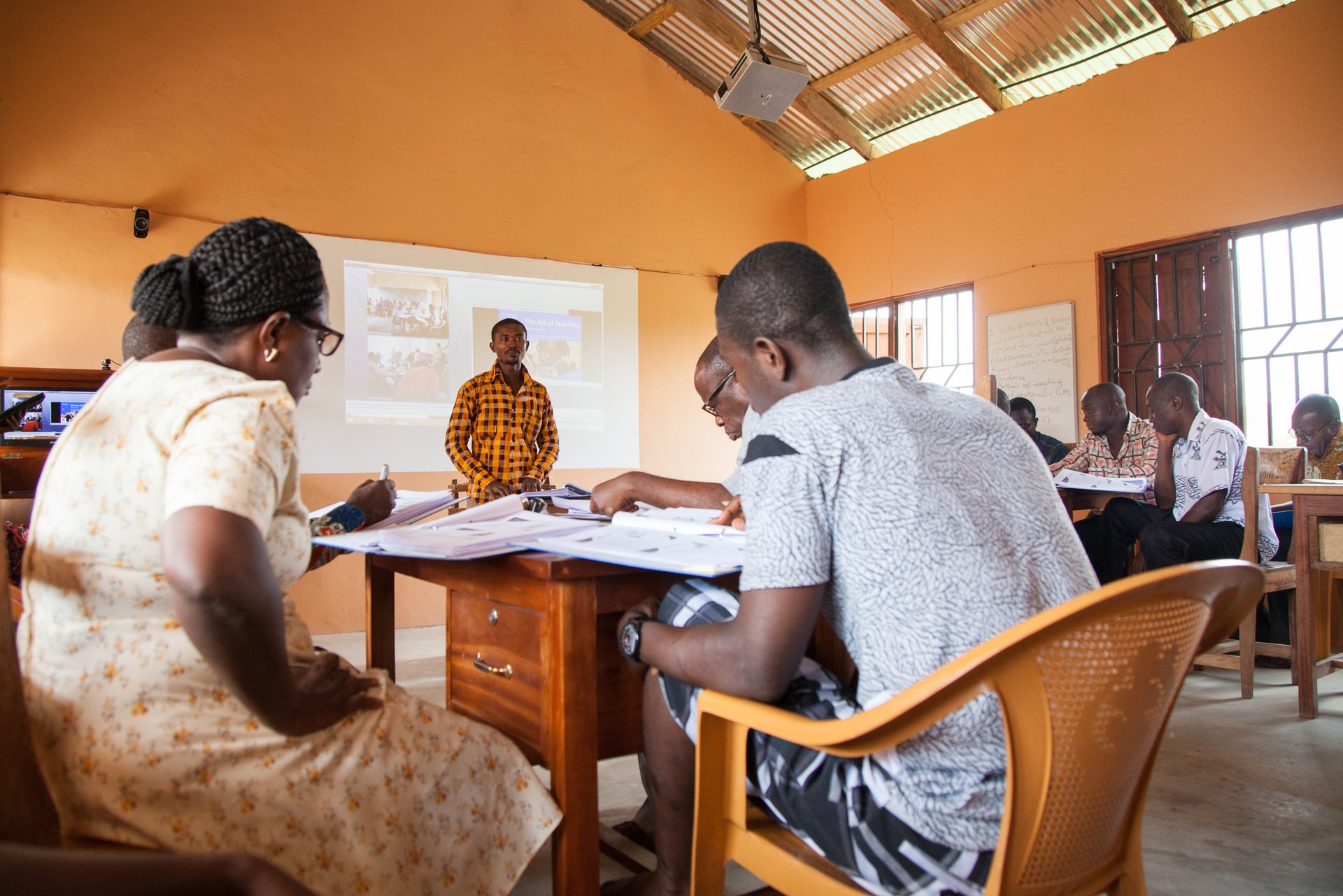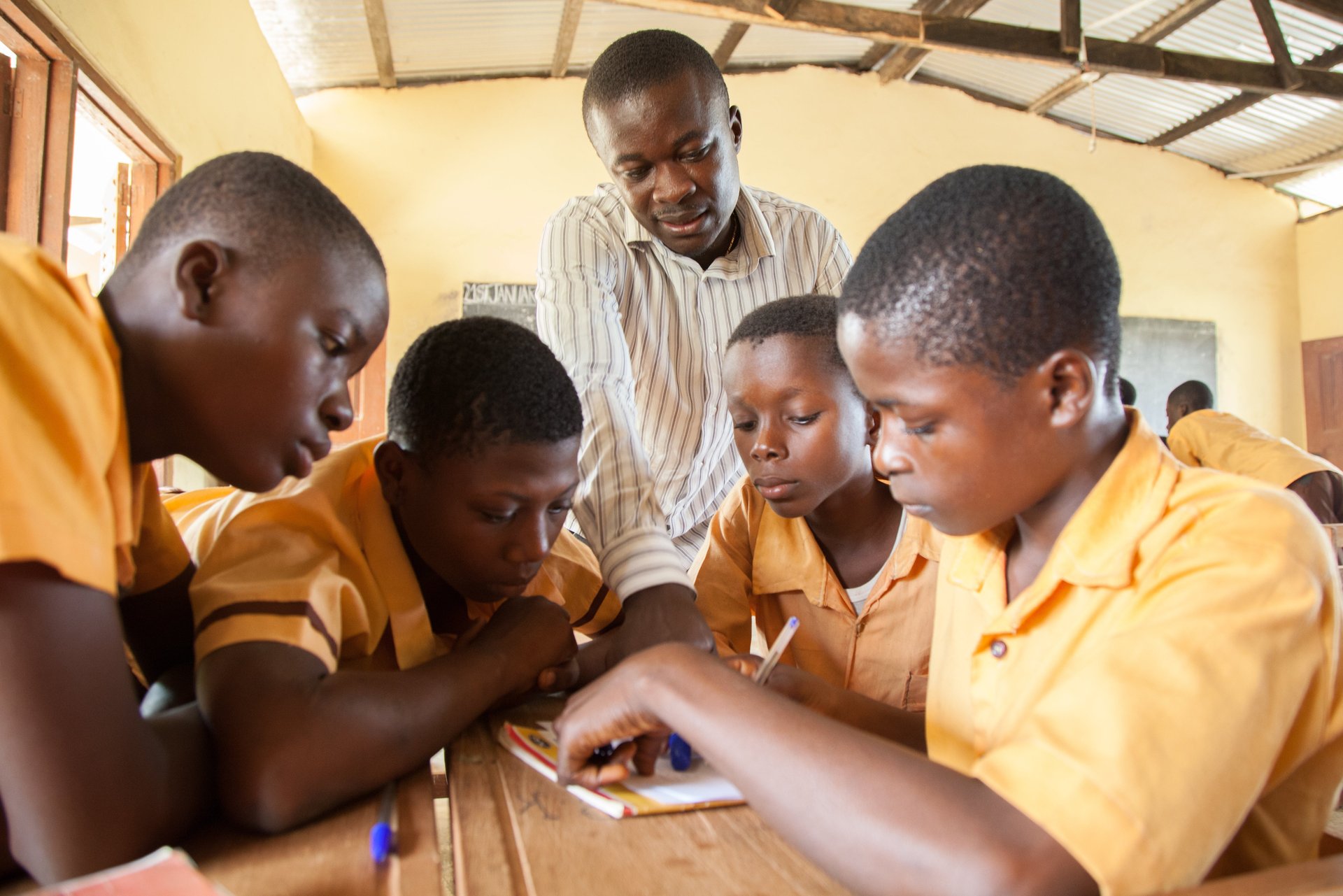How solar-powered remote teacher training could help Ghana grow
When it comes to international education standards, Ghana has little to be proud of. In the latest OECD report (pdf, p. 38), the country rates last in the world in student achievements, and UNESCO reports that it’s in need of nearly 190,000 teachers. That’s not a small requirement, especially considering that nearly 95,000 of 240,000 Ghana primary and junior high school teachers are untrained.


When it comes to international education standards, Ghana has little to be proud of. In the latest OECD report (pdf, p. 38), the country rates last in the world in student achievements, and UNESCO reports that it’s in need of nearly 190,000 teachers. That’s not a small requirement, especially considering that nearly 95,000 of 240,000 Ghana primary and junior high school teachers are untrained.
But the same reports that show the extent of the trained teachers shortage in Ghana, also point out that the country would benefit more than any others from having a better level of education: if all the 15-year-olds in the country were able to achieve even just an elementary education, the country’s economic GDP would grow of an estimated 3,088% (pdf, p.19) by 2095.
But how to train over 250,000 teachers in an acceptable time frame, and at affordable costs? Train for Tomorrow, a program run by the non-profit Varkey Foundation with $2 million funding from Dubai Cares, a philanthropic organization, might have a high-tech, low-cost answer: interactive distance learning that can reach schools all over the country thanks to satellite connection, and solar-powered computers which don’t fear power cuts.

This is how it works. Every two weeks for two years, trainers broadcast an interactive two-hour lesson to about 800 headteachers in 40 satellite-enabled schools, that function as hubs for schools in their areas. During the two weeks, the class is broadcast 17 different times, each time to two to five schools, so that the groups are never too big. Headteachers can interact directly with the trainers during the sections, and they then proceed to repeating the training in their own schools, bringing the total group of schools reached by the program to 519—and 5,000 teachers.

According to the Varkey Foundation, the training provided is based on the most recent development of pedagogy and focuses on a student-centered education while being optimized for achieving results with a scarcity of resources, which is particularly important where teachers are dealing with large classes in especially poor areas.

Once proved successful, this model—which has been in trial since November 2015—could scale up with the replicability of the model very high, and the cost of training relatively low.The foundation calculated that, once the infrastructure is set up for the training, the cost of training each teacher would be as low as $150 per year.